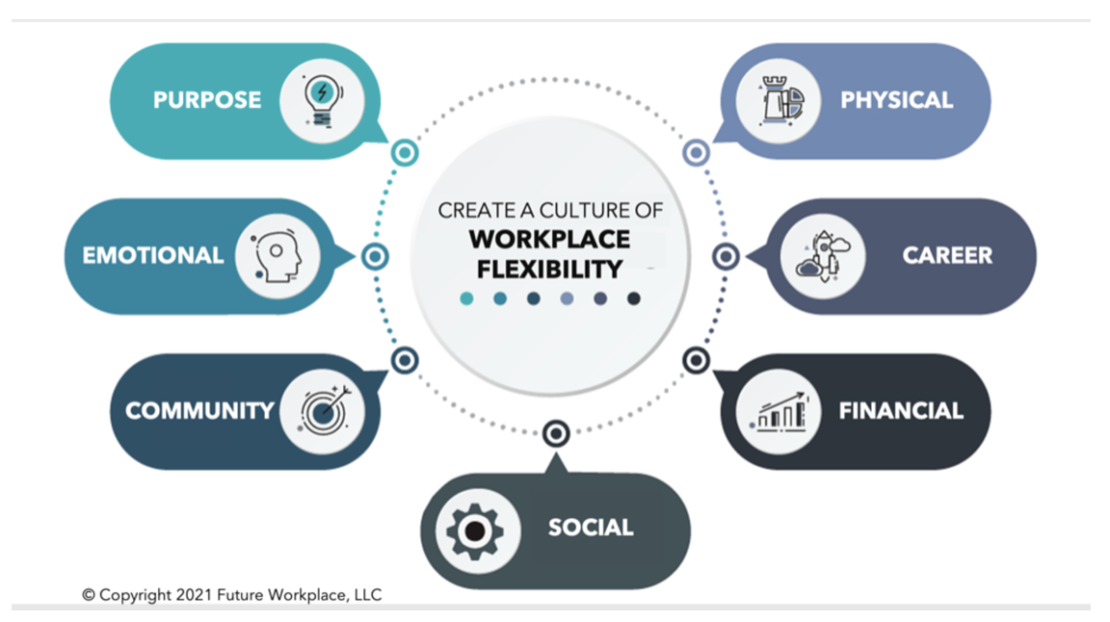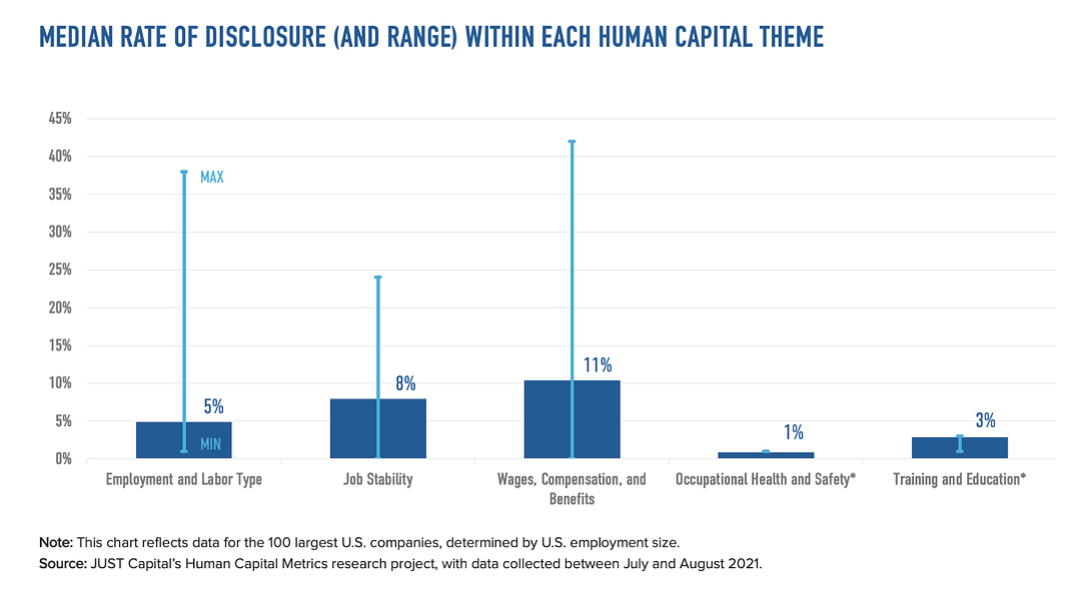
For some time, I’ve been looking for one “source” that curates modern takes on HR Tech, perspectives from the people who build it, and its impact on enterprise — something that’s tailor-made by professionals for decision-makers.
I never found it — so I decided to build it.
Every week, I’ll be sharing fresh insights on tech platforms, design, data, and the future of work — straight to your inbox.
My Thoughts
Ford 🚘 has announced the details of their $11.4 million dollar investment in electric vehicle (EV) manufacturing, including two new manufacturing campuses, a closed-loop recycling partnership with Redwood Recyclables, and a 2025 start date for domestic battery manufacturing. To support this aggressive pivot towards EV, they also have a new marketing plan and growth strategy which includes a larger focus on commercial sales.
I completely support Ford’s commitment to creating more sustainable vehicles. 🌎🙌 US public transport suffers from antiquated infrastructure and incompatible urban design. Without fixing those problems, cars will continue to be the primary mode of transportation for most Americans. 🚙💨 🚗💨 🚐💨
But consumer spending is lagging far behind what would be expected for Ford to commit to this historic investment package, with EVs accounting for a mere 3% of cars on the road today. It’s almost guaranteed that this project will be in the red for several years as investment costs outweigh sales revenue from EVs.
This is an investment in the future that more companies need to be making. Ford, and the auto industry as a whole, is accepting its new role as opponents of climate change, rather than contributors. 👊 I think this will be a rare example of modern history in which consumers do not dictate the market trend. As EV makers continue to improve vehicle designs and infrastructure needs like charging stations, new car buyers will organically find themselves inclined to purchase electric vehicles. Normally, I would be wary of a market controlled by sellers, but climate change is a different ball game, and it’s time for more companies to pave the way for consumers to make clean choices — no matter the cost. 😤
Market Moves
Coming in hot ☄️ to a world still reeling from a semiconductor shortage, the AI chip startup Hailo has raised a noteworthy $136 million in Series C funding. The company recently brought its newest offering to the market: Hailo 8, an edge computing that is more efficient and uses less energy than other devices and adapts to custom neural networks in an existing computer network. Hailo isn’t limiting itself just to chips, though. After this round of funding, co-founder and CEO Orr Danon says the company is expanding to the software industry.
HR technology 😀 company Personio has raised $270 million in a Series E funding round, bring its valuation up to $6.3 billion. The organization offers an all-in-one platform of primary HR duties for SMEs, and is now making moves to expand into workflow automation with new offerings that can synthesize data and processes across multiple HR platforms. 💻🤝🖥️
Tech Innovation at Work
Sapient Insights is reporting that HR tech spending is up 57% from last year, with areas of focus including, learning and development, HR analytics, benefit, recruitment, and skills management. Last year’s technology spend was primarily spent on what could be considered triage care 🤕🩺— haphazard purchasing of tools and software needed to transition the company and team to a remote model as quickly as possible. But with nearly two years of pandemic under our belts, organizations now have the knowledge to make forward-thinking investments, which likely include tools for optimizing a hybrid workforce and enhancing employee wellness programs. 👩⚖️👨⚖️👨⚖️ Check out Sapient Insights’ findings here.
Adam Selipsky has uttered the words we never expected to hear from the AWS CEO: there will never be a full migration to the cloud. 🤯 “We know that our customers live in a messy world and they have, in many cases, thousands of applications in many different environments,” Selipsky said in a press conference last week. “Part of that means they’ve got some things running in the cloud, then some things running in their own data centers and then lots of other permutations in the middle. What we’re trying to do together, VMware and AWS, is to help customers live in that messy world.” The comment comes alongside the launch of VMWare Cloud ☁️ for AWS and AWS Outposts, both of which could be seen as part of the company’s long-term goal to conquer enterprise systems. This, though, seems like a much more reasonable — and much friendlier — position. Instead of forcing new options on those who prefer to keep their data out of the clouds, it now feels like Amazon is extending a helping hand, ready to assist when and if they’re ready. Check out the full article here.

New research from Bazaarvoice’s global network of companies and consumers points toward a growing trend in consumer use of social media for shopping. 📱🛍️📦 Among the surveyed group of 42,000 consumers, 74% reported that they are more influenced to shop through social media now than they were pre-pandemic, with clothing and beauty items being the most popular purchases. Of all the major social media platforms, TikTok saw the most explosive growth at a 500% 💥 increase from sales prior to March of 2020. Besides being prevented from shopping in-stores, there is one thing that researchers believe is driving growth of social media shopping: influencers. 43% of respondents said they often make purchases using links provided by social media influencers. Influencers, especially those in the sweet spot of 2k to 10k followers, are becomingly increasingly popular marketing tools as companies adopt a new pseudo-personal selling strategy.
The Changing Workplace
There’s a new benchmark on the block. In an era where workers are [rightfully] demanding better from their employers, Marcus Buckingham, head of people and research at the ADP Research Institute, has introduced a contemporary measurement for employee satisfaction: the Human Resources Experience Scale (HRXPS). 😮 The HRXPS spans three major categories, from Value-Promoting, the ideal scenario in which employees are likely to recommend the organization to a friend, to Value-Detracting — when they are most likely to leave their jobs. According to Buckingham, “Employees want these five experiences: You give me what I need, you make me feel safe, you value me, you want me to grow and I trust you.” If you only take away one thing from ADPRI’s research, let it be this: more face time with HR astronomically increases an employee’s satisfaction with HR. Giving employees a single point of contact and building genuine connections through regular touch points can make employees 7.4 times more likely to consider HR “Value-Promoting.” Put another way, Marcus Buckingham told his audience at the HR Tech Conference, “If you want to destroy a human being, ignore them.”
Moreover, research by Future Workplace indicates that the future of work is and will be contingent on employee satisfaction. To help employers picture this contemporary understanding of HR, Future Workplace created the 7 Pillars of Holistic Employee Well-Being to “guide leaders as they prioritize the well-being of their workers.”

Here’s a quick summary of each pillar:
Pillar 1: Physical Well-being 💪 is an adaptation of the mid 2010s trend of employers emphasizing the importance of physical health.But modern physical wellness goes beyond exercise — it now includes sleep and diet, along with other lifestyle choices that impact one’s personal health.
Pillar 2: Career Well-being 💼 includes everything employees need to feel fulfilled and cared for in their actual job, such as training and advancement opportunities, adequate compensation, and strong talent management programs, etc.
Pillar 3: Financial Well-being 🏦 is pretty self-explanatory. If you’re stressed about finances, it’s hard to focus on anything else. In the age of fintech, employers have ample options and opportunities to provide financial well-being for employees beyond increasing compensation, like emergency savings deductions that help employees build rainy day funds.
Pillar 4: Social Well-being 💃🕺🏾 aka meaningful friendships both inside and outside of work, isn’t just important to individuals. Jen Fisher, co-author of Work Better Together, says they can impact the bottom line of an organization “in terms of absenteeism, presenteeism, quality of work, and organizational loyalty.”
Pillar 5: Community Well-being, 🌎 while similar to social well-being, is about promoting an employee’s connection to their local community at large through paid volunteerism opportunities or company-wide community engagement programs.
Pillar 6: Emotional Well-being 🙂 probably needs no explaining, as the importance of mental health has become one of the biggest focal points of the pandemic. That said, companies need to do more than simply offer mental health programs — employees need to feel comfortable asking for help and taking advantage of these programs. Therefore, destigmatization efforts are included in the steps to achieve employee emotional well-being.
Pillar 7: Purpose Driven Well-being 🧗🏽♀️ is the key to keeping employees engaged and an organization strong. Data shows that Millennials and Gen Z are likely to make career choices based on how well a company’s values aligned with their own. Therefore, organizations need to have a well-developed mission and purpose if they want employees to feel fulfilled and engaged with company goals.
All About Data
2021 is the first full year for recent SEC regulations requiring public companies to disclose information about their human capital. 👩💻 The new requirements are somewhat abstract and provide little guidance, with the expectation from the SEC that “disclosures will be tailored to a company’s own business or industry using management’s judgment,” PwC reports.
With the pandemic having highlighted how vital human capital is to organizations, Just Capital analyzed the 100 largest US employers in an effort to understand the current state of human capital disclosure. Here’s what they found:
- All told, human capital disclosure is abysmally low, with disclosure rates below 20% for most of the 28 metrics consolidated and developed by Just Capital based on work from human capital advocacy groups.
- 56% of reporting for human capital is done in a Corporate Sustainability Report, which is not required of US companies.
- Only 5% of companies report the minimum wage/lowest pay threshold in their Annual Reports. You’re much more likely (68%) to find it in a press release when a company announces an increase.
- Disclosure rates within the six main categories of human capital varied widely (see chart below), making it incredibly difficult to establish benchmarks and compare data between companies or industries.

Check out the full report as well as Just Capital’s take on how we can move towards better human capital disclosure here.
Click here to subscribe to Exit Interview, a weekly email about tech platforms, design, data, and the future of work — straight to your inbox.

